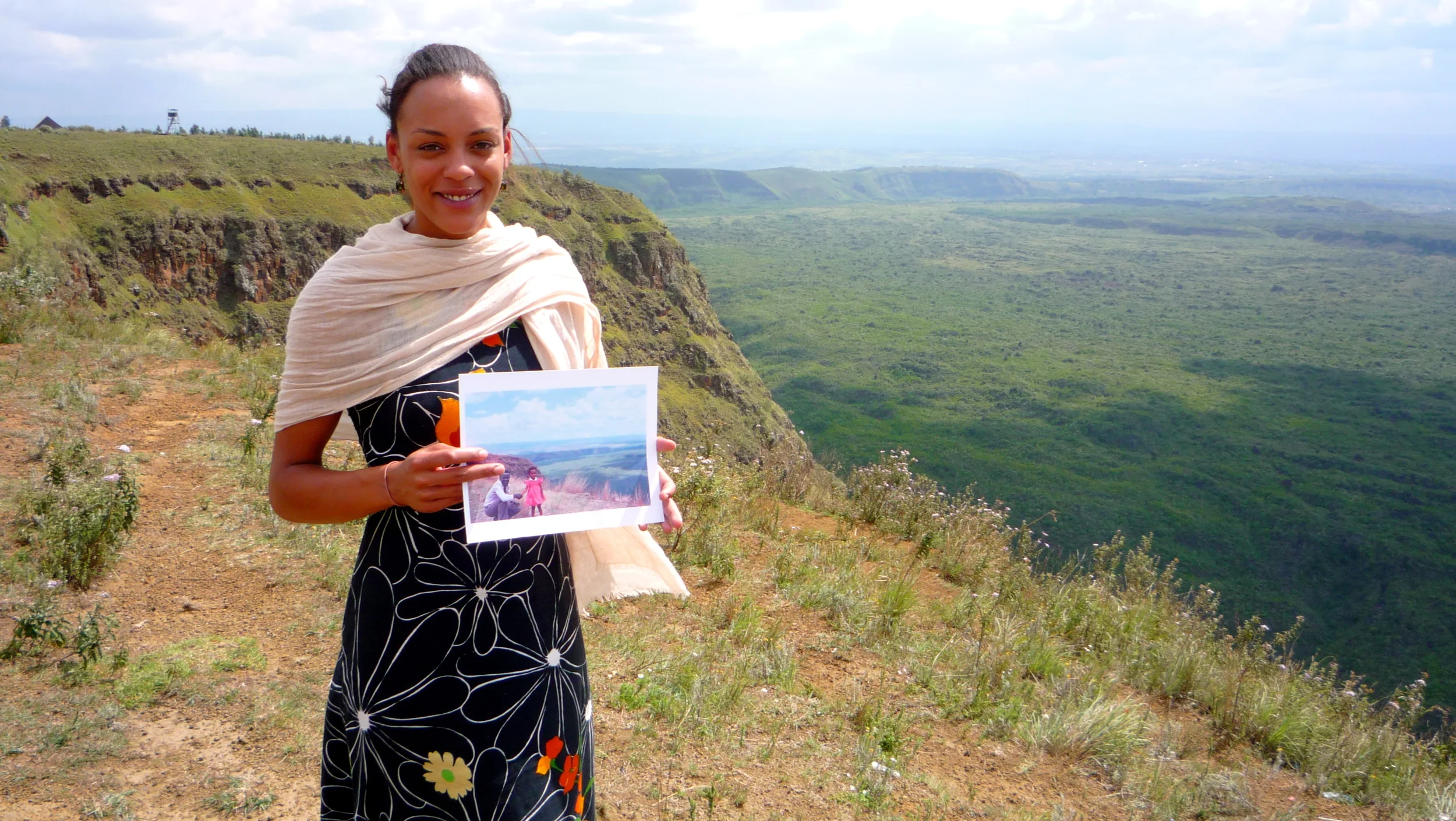MY FATHER THE LUO
My Father the Luo is a film about finding one’s identity. The main character is Roma Ndolo, a young woman who grew up in Germany with parents from Poland and Kenya. She had always longed to find out more about her “African side” so she travels to her late father’s homeland. While there, she recognizes the parallels between her own life and that of President Barack Obama. Each of their fathers were from the Luo tribe and Obama’s half sister is Roma’s family friend. This film was shot during the Democratic Convention in Denver 2008. Not surprisingly there is also a historic footage of Senator Obama’s trip to Kenya in 2006. Roma visits her grandmother whom she has not seen in many years, and also honors the grave of her father for the first time. Everywhere she travels she is warmly welcomed and becomes more and more comfortable with her African origins. It is a portrait of a person successfully integrating her multicultural identity.
PRESS REVIEWS
My Father the Luo is a film about finding one’s identity. The main character is Roma Ndolo, a young woman who grew up in Germany with parents from Poland and Kenya. She had always longed to find out more about her “African side” so she travels to her late father’s homeland. While there, she recognizes the parallels between her own life and that of President Barack Obama. Each of their fathers were from the Luo tribe and Obama’s half sister is Roma’s family friend. This film was shot during the Democratic Convention in Denver 2008. Not surprisingly there is also a historic footage of Senator Obama’s trip to Kenya in 2006. Prof. Gilbert Ogutu of the University of Nairobi, also a Luo, remarks that Kenyans were enthusiastic about Obama and curious whether he was more American or Kenyan. Roma visits her grandmother whom she has not seen in many years, and also honors the grave of her father for the first time. Everywhere she travels she is warmly welcomed and becomes more and more comfortable with her African origins. Here is a portrait of a person successfully integrating her multicultural identity.




